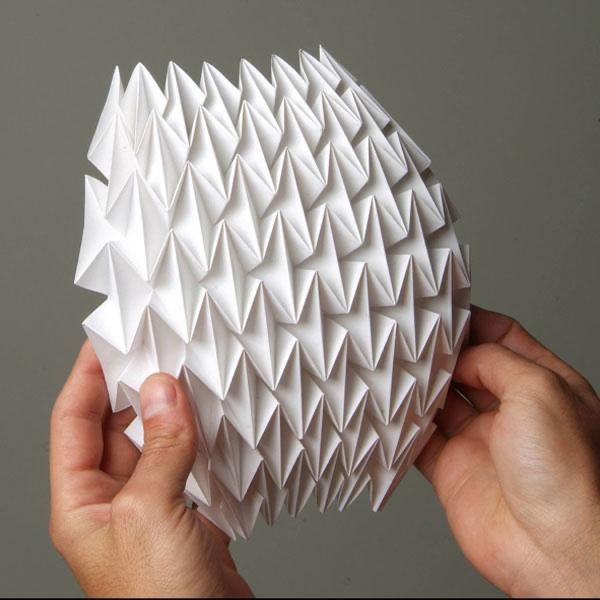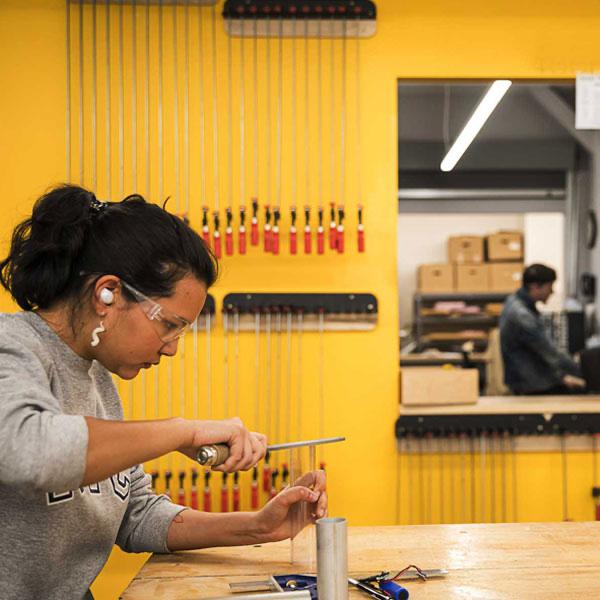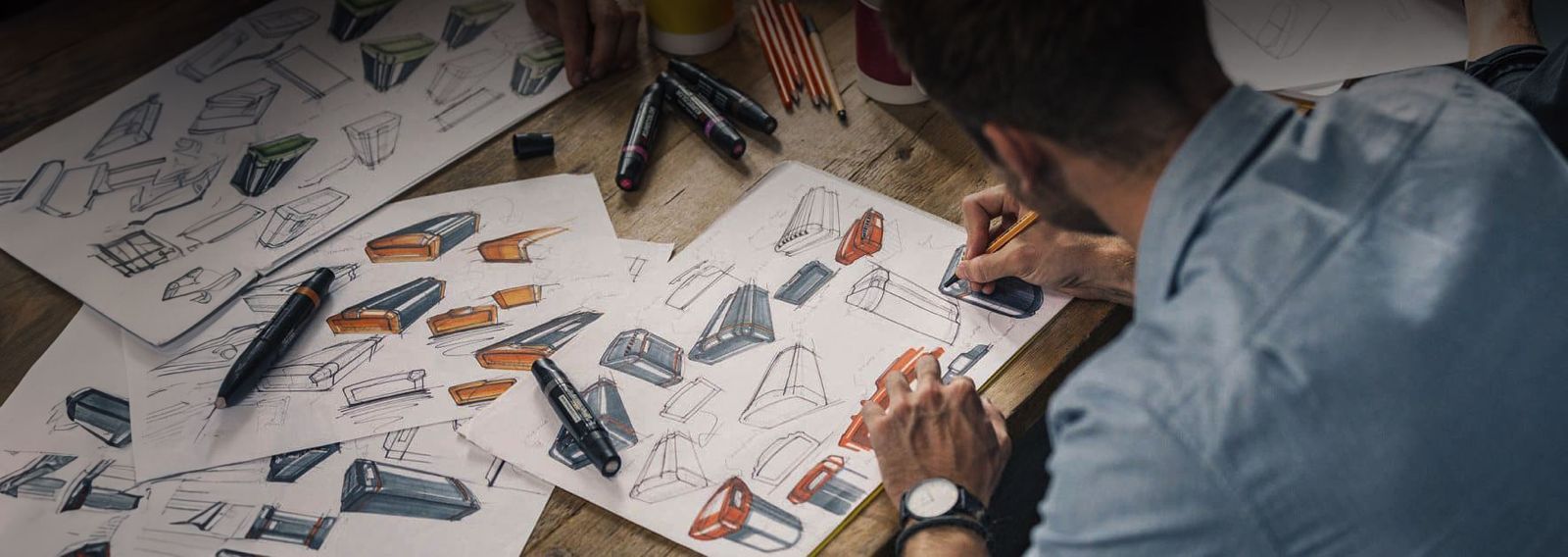Courses Offered
Every product we see around us is designed by someone, be it a car, a logo, an app on your phone, a product packaging or the clothes that you wear. Bachelor of Design courses empowers you to design these from an intangible idea to a tangible product. Wouldn’t you love to see your product being used by many people?
KMCT School of Design offers three specialisations: Product design, Communication designs and Interaction design. Students undergo a common foundation programme in the first and second semesters where they acquire basic drawing and making skills and pickup critical thinking abilities before they choose one discipline to specialise in. There are considerable overlaps between these disciplines and specialisation is done by choosing electives and projects in one’s area of interest.


Product design
Product design is the process of improving existing products or creating new products for the market. It involves the generation and development of ideas through a systematic process that leads to the creation of innovative products. The process involves research, idea generation, iteration and testing leading to production. A product designer needs to have both creative and technical abilities, combining art, science, and technology to create new products that people can use. Expertise in using hand tools and digital tools such as 3D modelling and 3D printing helps in bringing ideas to life.
Communcication design
Communication design seeks to attract, inspire and motivate people to respond to messages and to make favourable impact. Designers start with research, generate ideas and fine-tune them using their skills in typography, image-making, colours and compositions and can also bring in the aspect of time through motion. Content needs to be context and culture specific and should maintain a pleasurable visual design. Using the same design principles, students learn to design for media as diverse as print, film, animation and digital screens.


Interaction design
Interaction design is the practice of designing interactive digital products, environments, systems and services, While interaction design has an interest in form, its main area of focus rests on behaviour. Interaction design borrows from a wide range of fields like psychology, human-computer interaction, information architecture, and user research to create designs that are tailored to the needs and preferences of users. This involves understanding the context in which the product will be used, identifying user goals and behaviours, and developing design solutions that are responsive to user needs and expectations.

